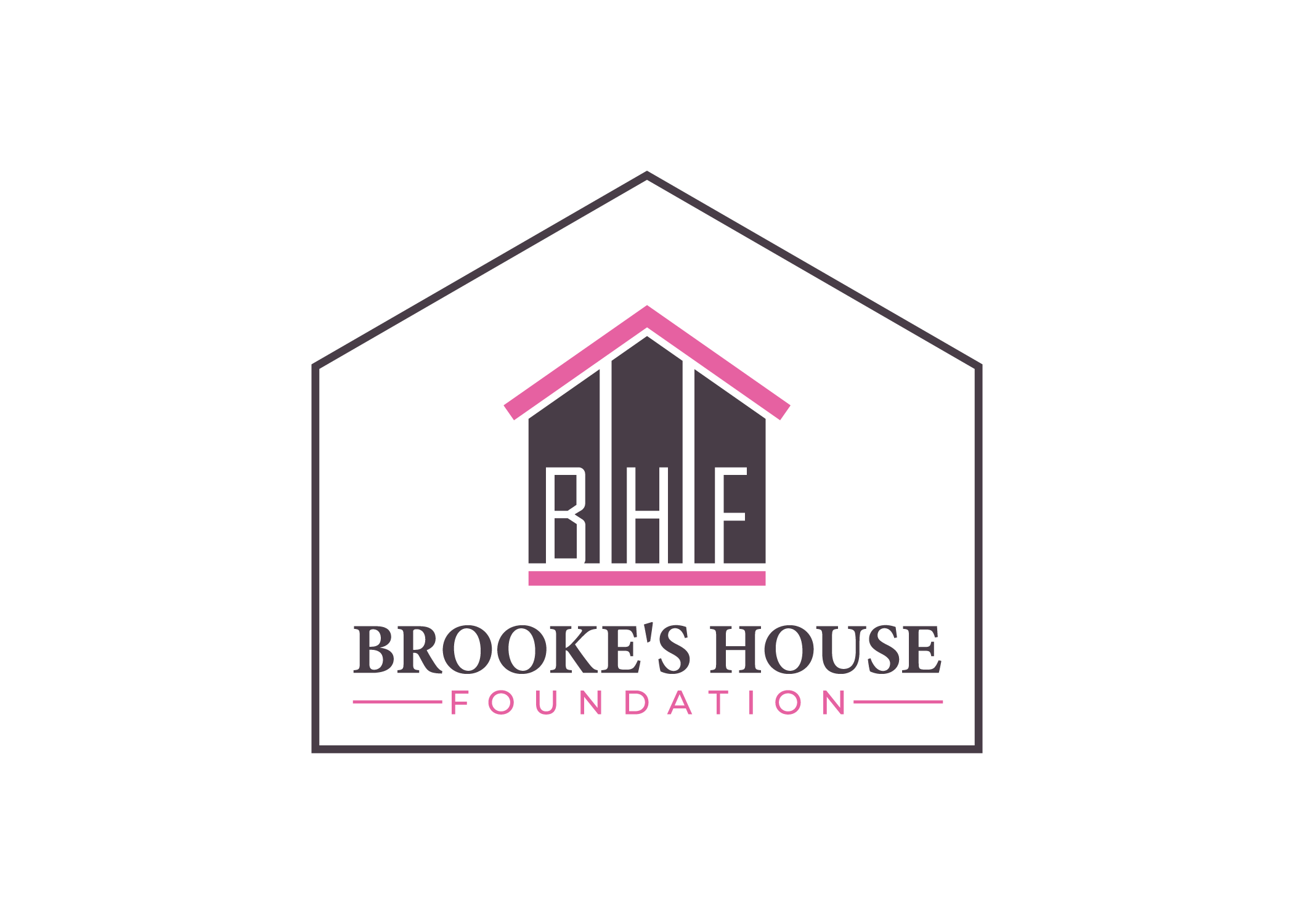
Recovery from addiction is a challenging journey that requires a supportive and structured environment. Sober living houses play a crucial role in helping individuals transition from rehabilitation programs to independent living while maintaining their sobriety. Choosing the right sober living house is a pivotal decision that can significantly impact an individual’s recovery journey. It is essential to consider various factors when making this important choice to ensure the best fit.
Factors to Consider When Choosing a Sober Living House
1. Location and Accessibility
The location of a sober living house is a critical factor that can influence the success of the recovery process. Ideally, it should be situated in a safe and serene environment, away from triggers or temptations that may lead to relapse. Additionally, accessibility to support networks, such as 12-step meetings, outpatient treatment programs, and employment opportunities, is crucial. A well-connected and easily accessible location fosters a sense of community and ensures residents can readily engage in activities contributing to their recovery.
Moreover, the neighborhood’s atmosphere can impact the overall well-being of individuals in recovery. A supportive community that understands and encourages the journey to sobriety can provide an additional layer of accountability and motivation. Therefore, when selecting a sober living house, evaluating the location’s overall environment and alignment with the individual’s recovery goals is essential.
2. Structure and Accountability
The structure of a sober living house is fundamental to its effectiveness. A well-organized and professionally managed facility provides residents with a sense of routine and stability, essential components of the recovery process. Look for houses that enforce strict house rules, including curfews, mandatory drug testing, and attendance at group meetings. These rules create a disciplined environment and foster a culture of accountability among residents.
Professional staff and counseling services are additional factors that contribute to the overall structure of a sober living house. Experienced professionals can offer guidance, support, and interventions when necessary. Regular counseling sessions and therapeutic activities provide residents with the tools to address the underlying issues contributing to their addiction. When considering a sober living house, assessing the level of structure and accountability it provides is crucial to ensure a supportive and conducive environment for sustained recovery.
3. Peer Support and Community Integration

One of the distinguishing features of a successful sober living house is the presence of a supportive and understanding community. Peer support is a powerful motivator in recovery, as individuals can share experiences, insights, and encouragement with others facing similar challenges. When evaluating potential sober living options, inquire about the community dynamics and whether there are opportunities for residents to engage in group activities, peer-led discussions, and shared responsibilities.
A well-integrated community can contribute to the development of a strong support network, which is crucial in preventing feelings of isolation or loneliness that may contribute to relapse. Assess the house’s commitment to fostering a sense of belonging and camaraderie among residents. A supportive community enhances the overall quality of life and provides an essential safety net during challenging times in the recovery journey.
4. Cost and Amenities
While the financial aspect is a practical consideration, weighing the cost of a sober living house against the amenities and services it offers is essential. Different facilities have varying amenities, ranging from necessities to more luxurious accommodations, and finding a balance that aligns with the individual’s budget while meeting the essential needs for a successful recovery.
In addition to accommodation, inquire about the availability of services such as counseling, vocational training, and recreational activities. Some sober living houses offer comprehensive programs beyond basic housing, providing residents with valuable skills and resources to reintegrate into society successfully. By carefully evaluating the cost and amenities, individuals can make an informed decision prioritizing their well-being and long-term recovery.
5. Flexibility and Individualized Treatment Plans

Recovery is a highly individualized process, and effective sober living houses recognize the importance of tailoring their approach to each resident’s unique needs. Look for facilities that offer flexibility in their treatment plans, allowing individuals to progress at their own pace. Adapting to changing conditions, whether they arise from personal growth or setbacks, is crucial for long-term success.
Individualized treatment plans may include personalized counseling sessions, educational workshops, and specialized therapies that address underlying issues contributing to addiction. Assess the level of customization a sober living house provides and ensure that it aligns with the specific goals and challenges the individual seeking recovery faces. A tailored approach increases the likelihood of sustained progress and a successful transition to independent living.
6. Post-Program Support and Aftercare Services
The journey of recovery extends beyond the duration of a stay in a sober living house. Consideration should be given to the availability of post-program support and aftercare services. A comprehensive aftercare plan may involve continued counseling, access to support groups, and assistance finding stable housing and employment. The transition from a structured environment to independent living is a critical phase, and ongoing support can significantly impact the individual’s ability to maintain sobriety.
Evaluate the commitment of the sober living house to the long-term success of its residents. Homes that prioritize aftercare services demonstrate a dedication to the well-being of those in recovery. By choosing a facility with a robust aftercare program, individuals can ensure ongoing support as they navigate the challenges of reintegrating into society and maintaining a substance-free lifestyle.
Conclusion
In conclusion, selecting a sober living house involves a comprehensive evaluation of flexibility, individualized treatment plans, and post-program support. By taking these considerations into account, individuals can make an informed decision that supports their immediate recovery needs and sets the foundation for a sustainable and fulfilling sober lifestyle. The perfect fit in a sober living house goes beyond the physical environment; it encompasses a holistic approach that addresses each individual’s unique journey toward lasting sobriety.
